The Fauna Of The Galapagos Islands
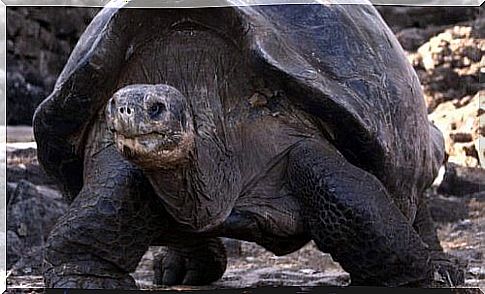
Located in the Pacific Ocean, about 1,000 km from the American continent, this archipelago belonging to Ecuador is famous for its giant tortoises. But the fauna of the Galapagos Islands is much larger. He even helped Charles Darwin develop his theory of evolution! In this article, we will introduce you to some of the most extraordinary animals that live in the Galapagos Islands.
What is the fauna of the Galapagos Islands like?
Made up of 19 islands and 107 rocky islets, the Galapagos are the perfect habitat and home to dozens of living beings, both indigenous and subsequently introduced by man. It is worth highlighting those endemic species, which live only on these islands and nowhere else on the planet.
Without a doubt, the fauna of the Galapagos Islands is one of the reasons to visit this beautiful place, located several hours from the American continent. If you have never been to South America or Ecuador, in these lands you will feel like real researchers or biologists. In addition, you could take some wonderful photos, immortalizing animals never seen before, in their natural environment. Like, for example these 6:
1. Giant tortoises
They are the distinctive symbol of the islands and give the name to the entire archipelago. Also, in the Galapagos you can find several subspecies with small variations in their shells or sizes. Most turtles live around 150 years, weigh up to 400 pounds, and measure one meter in length.
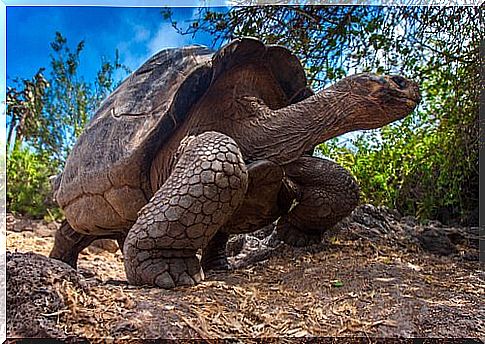
In various areas of the islands it is possible to admire them as they walk “at ease”, in search of food. The best place to observe them in freedom is the Finca El Manzanillo . Between June and August the females come down to the coast to lay their eggs : keep your distance, do not touch anything and let them do their work without disturbing.
In addition to the land turtles, you will also find various marine specimens, in particular green in color, which feed near the shore and you can approach them by snorkeling in these clear waters.
2. Iguana
It is another of the most famous and fascinating animals found on the Galapagos Islands. There are two types: land and sea. In the first case it is an endemic species and depending on the islet where it lives, it can show variations in color and size. Isabela Island is home to the largest number of land iguanas. They feed on cacti and can live around 60 years.
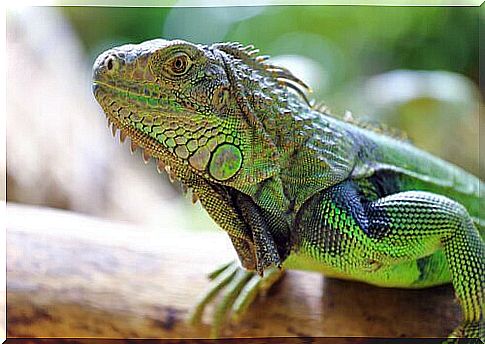
In the case of the marine iguana, this species is also endemic. Think that it lives and hunts in water and has the ability to dive up to 10 meters deep in search of food. Its color is very dark and it can be seen sunbathing on the rocks. These reptiles are cold-blooded animals and need constant exposure to sunlight in order to raise their body temperature.
3. Darwin’s finch
Of the nearly 50 bird species that inhabit the islands, the finch family is the most numerous. It is a passerine bird whose wings, beak and size differ depending on the islet where it lives.
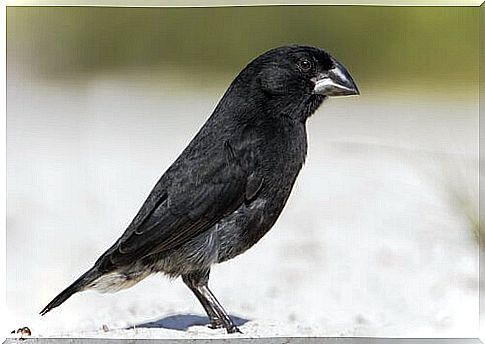
4. Sea lions
Believe it or not, these Ecuadorian islands are one of the few places on the planet where you can swim with sea lions in their natural habitat . If you like snorkeling, we recommend that you go to the Santa Fe area , where these cute animals will come to you to play and be caressed.
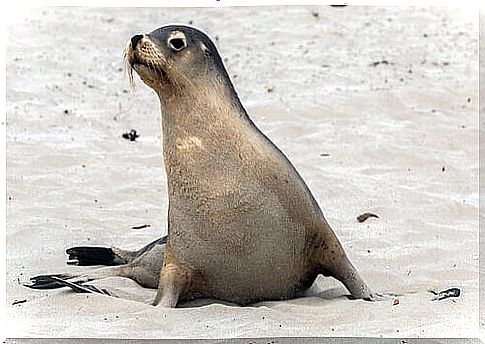
If you travel to the Galapagos during their breeding season, you will see the cubs on the beach being fed by their mothers. Of course, you should never get too close, to avoid annoying the adult females who could attack you if they perceive any threat to the young.
5. Blue-footed boobies
Most tourists who visit these stunning islands go out of their way to see this particular bird. Few know him in Europe. In fact, as the name suggests, it has very suggestive turquoise webbed legs. The area of the beak and muzzle is also blue, but of a much less conspicuous shade.
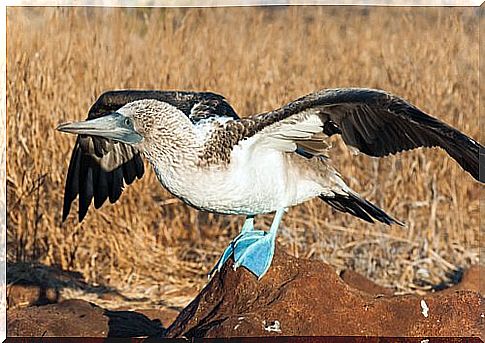
These birds of the Sulidae family are everywhere, and even seem to welcome visitors because they remain still, posing, while countless photographs are taken of them. In addition to the peculiarity of the turquoise paws, also their valuable flight will leave you speechless.









